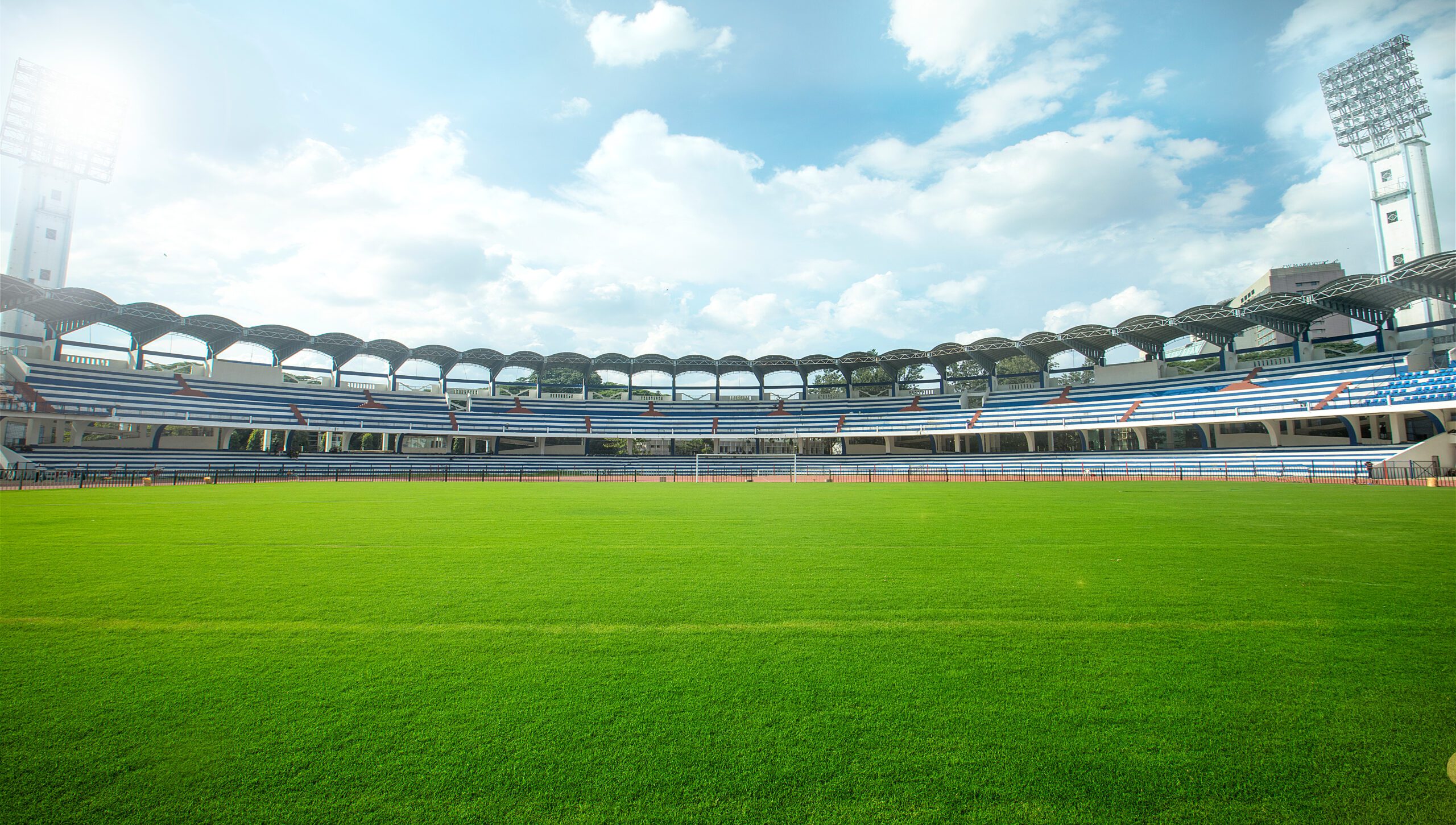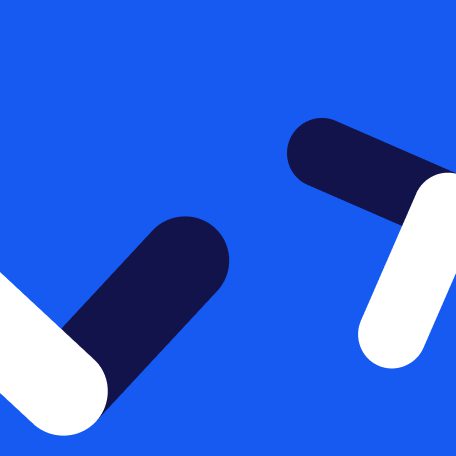
Viva Insights moves the dial towards better productivity and less employee stress at transport network
Our client is a state government transport and road agency. It leads the development of safe, integrated and efficient transport systems for the public, across the state.
Client
Withheld
Industry
Transport
Organisation Size
10,000
Country
Australia
Technologies
Viva Insights
Service
Behavioural research
Context
For employees at one of the largest public sector employers in New South Wales, the challenges of a hybrid world manifested in a number of ways. For some, the lack of physical disconnect from the office, the juggle between personal and professional time, and the unspoken pressure to respond to out-of-hours emails had left some people feeling stretched and burnt out. On the flip side, others were thriving in a mostly remote working environment, as they adapted their working day to ‘get ahead of tasks’ and make space for personal activities.
While technology had opened the doors to greater flexibility, inconsistent work practices and unclear ‘virtual etiquette’ had contributed to bad experiences, people feeling burnt out, and not having enough time in the day to focus on work.
Engage Squared worked closely with our client on a three-month behavioural research project using Microsoft Viva Insights to collect and analyse working patterns across their organisation. The result was a Viva Insights strategy that included a series of actionable recommendations to shift collaboration habits across the organisation.
The challenge
It’s widely accepted that how, when, and where we work has changed.
The pandemic forced digital transformation at a rapid rate. Sudden stay-at-home orders, on-again/off-again operations, the need to quickly pivot to meet new regulations, and safely reopening services for the public placed increased pressure on organisations of all sizes. While most businesses have (mostly) recovered from the hurdles of the past two years, we now face a new challenge – transforming ways of working to suit a hybrid world.
Designing a hybrid working culture that provides flexibility and caters to employee needs has become a key ‘selling point’ for organisations looking to attract and retain talent. The research on why is clear – engaged employees deliver higher service quality and productivity, which leads to higher customer satisfaction (and higher profits).
For our client, it was clear that technology played a significant role in how business was done. However, while technology had opened the doors to greater flexibility, inconsistent work practices and unclear ‘virtual etiquette’ has contributed to bad experiences, people feeling burnt out, and not having enough time in the day to focus on work.
To solve for this, and realise the benefits of a highly engaged workforce, we needed to analyse the challenges of hybrid and remote work from different perspectives:
- What was actually happening on the ground (e.g. the collaboration and meeting habits of employees)
- What was the the lived experience of employees (i.e. what are they thinking/feeling, what are their pain points, what’s working well etc.)
- What was the culture our client had created to enable people to deliver outcomes and adapt to an ever-changing working landscape
Our approach
Through this behavioural research project, we sought to answer three questions:
- What does collaboration look like within our client’s organisation today?
- What could collaboration look like in the future?
- What are the practical steps our client needed to take to get there?
Using a mixture of qualitative and quantitative data – from Microsoft Viva Insights, and other sources such as surveys, focus groups, and desktop research – we synthesized insights gathered through our research to develop a set of practical and actionable recommendations for our client to take forward.
It was important that the results from our research were representative. In total, a pilot group of 2,300 employees were included in the analysis. Microsoft Viva Insights was chosen as the key tool to gather and analyse working habits from across the organisation. The pre-built ‘Ways of Working’ and ‘Meeting Effectiveness’ dashboards were used in our initial analysis to identify common themes across different teams. As we all know, data without context is just noise. Once initial themes were identified, we contextualised and validated the insights through a series of targeted focus groups, surveys, and interviews.
Through this approach, we were able to identify three top challenges faced by employees:
Meeting effectiveness
Our analysis found that meetings dominated the workday for a large number of employees. Cultural norms during lockdowns drastically shifted to meetings as the primary method of collaboration among employees. This issue was compounded by no clear guidelines on when to call a meeting, varying levels of technical proficiency (meaning people felt more comfortable calling meetings rather than using features in tools like Microsoft Teams to collaborate with their colleagues), and decision-making processes within their organisation were causing bottlenecks.
“It’s so easy to book a meeting, which is why I think we’re seeing an increase. I couldn’t physically go to 8 meetings in person, but it happens remotely.” – Focus group participant
Collaboration effectiveness
Through our research, we found that there was no shared understanding of ‘what good looks like’ from a collaboration perspective. This meant the volume of ‘real-time’ collaboration through meetings, emails, chats, ad hoc calls etc. was too high for some people, meaning they had little time to get through their workload. On top of this, etiquette around how to use collaboration tools like Microsoft Teams, Outlook etc. were vastly different among teams, which caused inefficiencies and placed unnecessary pressure on some employees.
“We had a very specific culture for what is and is not ok in the office, but we don’t have the same shared understanding for what is and is not ok when working from home.” – Focus group participant
Manager effectiveness
We found that leaders had a significant opportunity to transform the hybrid/remote working experience for their employees, but decision-making processes and inconsistent leadership styles was hindering this. We found that leaders were disproportionately affected by high collaboration activities (for example, 79% of their workweek was spend in collaboration activities such as meetings), which resulted in leaders needing to work extended hours to complete focus work. Often, leaders would send emails outside of hours, which placed pressure on employees to respond outside of hours. While leaders didn’t expect employees to reply immediately, there was unspoken pressure, leading to some employees feeling like they could not fully disconnect from work after hours.
“The senior leader of the team sets the expectation, if they’re responding fast, we feel like we need to.” – Focus group participant

Example of findings from our research using Viva Insights (some information has been redacted for privacy)
The result
Using the insights from our research, we developed a Viva Insights strategy that included a series of actionable recommendations to shift collaboration habits across the organisation. The recommendations included a clear roadmap of ‘quick-wins’ vs long-term changes, a suggested scorecard for ‘what good looks like’ (using the baseline established during our engagement, and suggested improvements across meetings, collaboration, and manager effectiveness), and tactical initiatives that were split across three areas – behaviour, technology, and people policy.
From our work, we have estimated:
- A $5m productivity saving (within the pilot group alone) by changing meeting behaviours
- A further $2.4m in annual productivity savings by re-balancing collaboration loads
- A saving of 78 hours per week across the analysed population of people managers by delegating meetings to team members
Using the recommendations from our strategy, our client implemented a ‘Better Meetings’ behaviour change campaign in partnership with Engage Squared, which brought some of our recommendations to life. The campaign used insights from our research to design a tailored training and communications program and provided employees with clear guidance on better meeting practices. This included the creation of people leader and champion toolkits, a series of ‘snackable’ videos with tips on how to customise your settings in MS Teams (and how to create healthy boundaries between work and personal time by using features like Quiet Hours). On top of this, we also facilitated a number of Viva Insights training sessions for leaders and employees, to educate them on the personal insights they can track, and how to use the wellbeing features in Viva Insights to support healthy working habits.

Screenshots from our self-serve Better Meetings collateral
The journey towards better productivity and less stress continues for our client, as they roll out Microsoft Viva Insights across their entire cohort of ‘knowledge worker’ employees.


